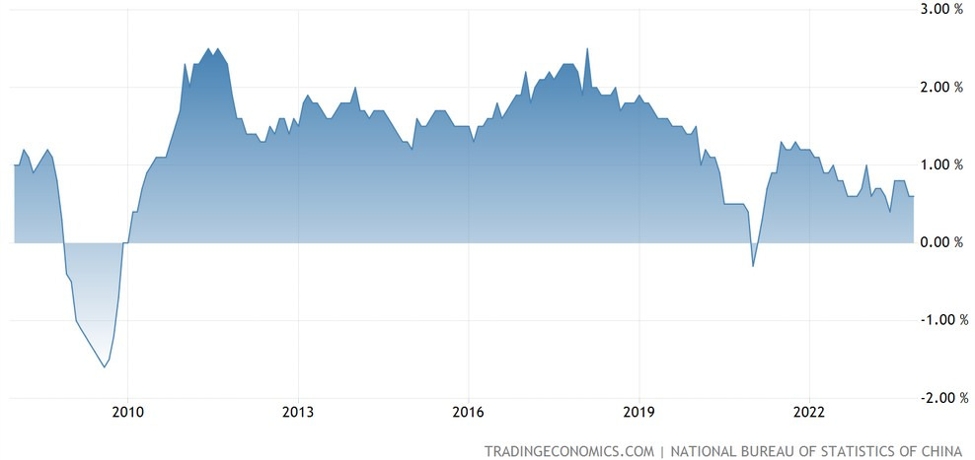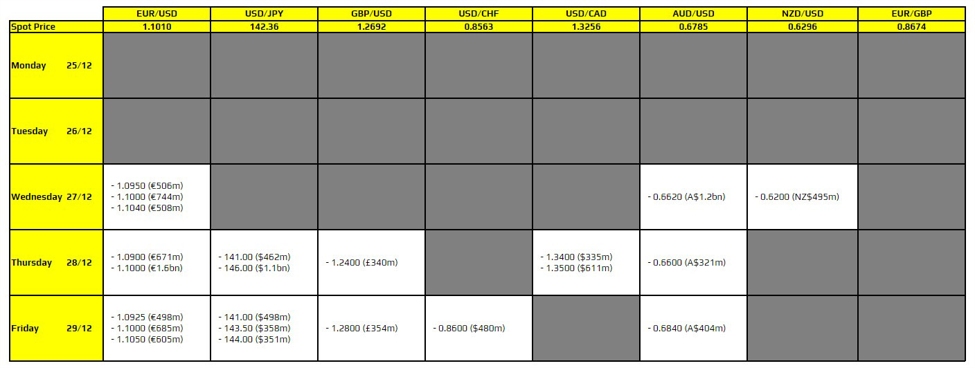Have you ever wondered what exactly makes trading tick? Why can a
trader jump into the Forex market, place a trade, and potentially walk away
with a profit (or a lesson learned)? What’s the secret sauce that makes day
trading possible? Spoiler alert: it’s the volatility.
Without volatility, trading as we know it wouldn’t exist. It’s the pulse of the
market, the ebb and flow that creates opportunities. Volatility drives trading,
or maybe trading stirs up volatility—either way, it’s the core of every market
move. Let’s dive into what volatility is, why it’s a big deal, and how a trader
can harness it with OctaTrader, a proprietary trading platform from the
globally trusted broker, Octa.
What is volatility and why is it
essential for traders?
In simple terms, volatility measures how much a financial
instrument’s price changes over a certain time period. Volatility is like the
market’s heartbeat—a strong, fluctuating pulse indicates high volatility, while
a slow, steady rhythm suggests low volatility. In the Forex market, volatility
essentially tells a trader how much a currency pair like EUR/USD or GBP/JPY is
bouncing around, and it is this movement that traders thrive on. In other
words, volatility is not just a statistical measure: it’s the very essence of
opportunity and risk. Whether you’re a scalper chasing quick pips, a swing
trader riding longer trends, or a position trader holding for weeks, volatility
impacts your strategy.
Every trader should know or at least partly understand the level of
volatility of the instrument that they are currently trading. This knowledge
will enable a trader to:
●
Maximise
trading potential. Larger price swings mean more significant potential gains (or
losses). High volatility can signal breakout opportunities or strong trends.
●
Manage risk
more effectively. Knowing volatility helps you set adequate stop-loss and
take-profit orders. In a volatile market, a trader might need wider stops to
avoid getting whipsawed.
●
Improve
entry time. Low volatility might mean a market is ‘resting’ before a big
move, while high volatility could signal overbought or oversold conditions.
When professional traders talk about volatility, they often refer
to ‘implied annual volatility’. This is a forward-looking measure, representing
the market’s expectation of how much an asset’s price will fluctuate over a
year. It is derived from options prices and is annualised to a percentage.
While calculating implied volatility often involves complex pricing models, a
simpler way for a retail trader to grasp volatility is to look at historical
price movements. For example, if a currency pair has consistently moved an
average of 80 pips per day over the past month, its daily volatility for that
period could be considered to be 80 pips.
However, volatility isn’t just about raw price changes; it’s
relative. A trader cannot just look at today’s price swings in isolation.
Instead, you must compare price movements against historical data to understand
if the market is unusually calm or wildly active. For example, if EUR/USD moves
50 pips a day on average but suddenly jumps 150 pips, that’s high volatility
compared to its norm. At the same time, a 100-pip move in a currency pair might
be considered high volatility on a quiet trading day, but completely normal
during a major economic data release. In other words, volatility can only truly
be understood in relation to historical price action.
Measure the pulse: volatility
indicators on OctaTrader
Dare to calculate the volatility yourself? In order to do it, a
trader needs to calculate the average closing price of a particular asset over
a certain period of time, then measure the deviations by subtracting the
average from the latest closing price (and square the deviations to avoid
negative numbers), then add the squared deviations, divide the result by the
time period analysed and take the square root. Doesn’t sound very easy, does
it? And it is also quite intricate and time-consuming.
Recognising the crucial role of volatility calculation, Octa, a
globally regulated and trusted broker, has equipped its traders with the right
tools. Specifically, Octa has developed a proprietary trading platform,
OctaTrader, which not only allows traders to place orders in the market, but
also provides robust analytical capabilities.For
measuring market volatility, OctaTrader has integrated several popular and
effective indicators that help a trader gauge the market’s pulse: Bollinger Bands (BB), Average True Range (ATR), and Standard Deviation (SD). Let’s break
them down and see how they work in practice.
OCTA TRADER INTERFACE – VOLATILITY
INDICATORS (XAUUSD, 30-MINUTE TIMEFRAME)
Bollinger Bands (BB): These
bands consist of three lines: a simple moving average (the middle band) and two
standard deviation lines (upper and lower bands) plotted above and below it.
●
How it
works: The bands widen when volatility spikes and contract when it
drops, giving a trader a visual snapshot of market action. When prices touch or
break out of the bands, it can signal overbought or oversold conditions, or the
potential for a new trend.
●
Practical
use: BBs are great for spotting anomalous conditions in the market. If
the price touches the upper band, it signals that a trading instrument could be
overbought and due for a pullback. If it dips below the lower band, it could be
oversold, signalling a potential rebound. In other words, BBs are useful for
mean-reversion strategies, where traders expect prices to return to the moving
average within the bands.
Average True Range (ART): This
indicator measures market volatility by calculating the average range between
high, low, and closing prices over a specified period. It is called ‘true
range’ because it accounts for gaps and wild price swings.
●
How it
works: ATR gives a trader a single number to gauge volatility, making it
especially practical to set stop-losses.
●
Practical
use: A higher ATR means higher volatility and bigger price swings, so
a trader would need to apply wider exit points to avoid getting stopped out
prematurely. A lower ATR suggests lower volatility and narrower price ranges.
If the ATR for XAU/USD is 25 pips, a trader might set a stop-loss 1-2 times the
ATR (50-100 pips away from the entry point) to give the trade some room to run.
ATR is also a great tool for understanding the ‘normal’ daily or hourly
movement of a currency pair.
Standard Deviation (SD): This is
an advanced statistical indicator that measures how much a financial
instrument’s price deviates from its average over a set period.
●
How it
works: SD indicator provides a direct numerical value of volatility. A
higher SD means prices are widely dispersed (higher volatility), while a lower
one means they’re tighter and are close to the average (lower volatility).
●
Practical
use: SD is useful for comparing the volatility of different assets or
different time periods for the same asset. Traders can use it to identify
statistically significant price movements and assess the likelihood of the
price continuing in a particular direction. If EUR/USD’s standard deviation
spikes compared to its 20-day average, it might signal a volatile period ahead,
prompting a trader to tighten stops or reduce position sizes.
Volatility isn’t just a number: it’s a signal. By understanding and
utilising these powerful volatility indicators, available in the OctaTrader
platform, you can gain a deeper insight into market dynamics, decide when to
enter or exit trades, adjust position sizes, or brace for big market moves. We
understand that in the world of trading, trust is paramount. That is why Octa
goes the extra mile to equip traders with the right tools.
Disclaimer: This article
does not contain or constitute investment advice or recommendations and does
not consider your investment objectives, financial situation, or needs. Any
actions taken based on this content are at your sole discretion and risk, and
we and Octa do not accept any liability for any resulting losses or
consequences.
Octa is an international broker
that has been providing online trading services worldwide since 2011. It offers
commission-free access to financial markets and various services used by
clients from 180 countries who have opened more than 52 million trading
accounts. To help its clients reach their investment goals, Octa offers free
educational webinars, articles, and analytical tools.
The company is involved in a
comprehensive network of charitable and humanitarian initiatives, including
improving educational infrastructure and funding short-notice relief projects
to support local communities.
Since its foundation, Octa has won
more than 100 awards, including the ‘Most Reliable Broker Global 2024’ award
from Global Forex Awards and the ‘Best Mobile Trading Platform 2024’ award from
Global Brand Magazine.
This article was written by FL Contributors at investinglive.com.















